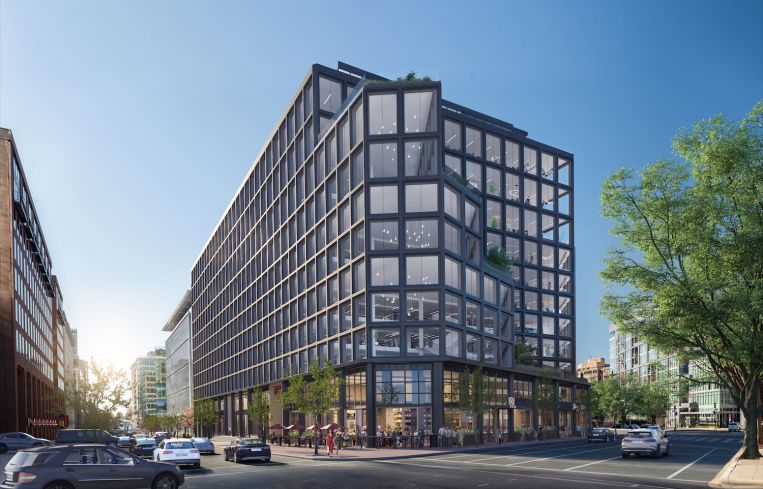DC Records Historic Office Vacancy Rate Despite Leasing Uptick in Q2
By Keith Loria July 10, 2023 1:23 pm
reprints
The Washington, D.C., office market continues to face severe challenges in the aftermath of the pandemic, with the vacancy rate reaching 20 percent for the first time ever, Cushman & Wakefield reported.
D.C. is experiencing similar struggles to other economic centers such as New York City and Los Angeles, cities where office vacancy rates have also seen record highs.
With the rise in vacancy rate, some developers and property owners are shifting toward repurposing outdated office spaces into residential units, as is the case with 2100 M Street NW, which sold to apartment developer Post Brothers for $67 million and is slated to be converted into 300 apartment units.
Despite the challenges, leasing activity increased in the second quarter, with new deals rising 6 percent over the previous quarter, to 907,000 square feet signed. Meanwhile, renewal activity increased 35 percent from Q1 with 737,000 square feet inked.
Class A buildings accounted for 735,000 square feet of new leases and 362,000 square feet of renewal activity in Q2. Most lease renewals took place in the East End and Central Business District, the neighborhoods where 89 percent of all leasing took place.
Law firms continue to play an important role in the office market, making up 71 percent of all new leases in Q2. Crowell & Moring signed for 198,700 square feet at 600 Fifth Street NW, the first private sector new deal over 100,000 square feet since 2021.
Other large leases in Q2 included the General Services Administration renewing 152,300 square feet at 633 Indiana Avenue NW; law firm Hunton Andrews Kurth renewing for 115,000 square feet at 2200 Pennsylvania Avenue NW; and International Development Finance Corporation expanding by 81,760 square feet at 1100 New York Avenue NW.
Data from JLL found that 41 percent of office vacancies are concentrated in just 60 D.C. buildings, with vacancy overwhelmingly concentrated in older buildings. In fact, offices built before 2000 account for 75 percent of the overall vacancy.
Currently, 23 percent of D.C.’s office buildings have zero vacancy and many more have negligible vacancy, according to JLL. Of the buildings with no vacancy, 119 are Class B or C offices, and 20 percent of the buildings are in NoMa and Southwest.
Keith Loria can be reached at Kloria@commercialobserver.com.


